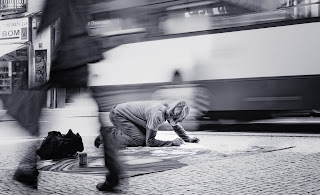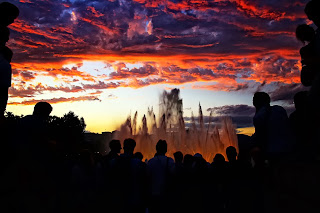Depth of Field
Share and like this post if you like it!
As an introduction to this post depth of field will only say
that generally this term in photography separates the amateurs from the professionals. This is because
often , even equipped with hight
quality equipment, the
unprepared photographer does not know how to control the
depth of field. Here we explain what is depth of and how to control it .
Easy as it
could be said , the depth of field is how much of the image will be in
focus.
Shallow focus (shallow Depth Of Field) is when the majority
of the frame is out
focus and only a
fraction of frames ( let’s
hope this would be the object in your photo :)) are in focus and everything else is out
of focus . The defocused area infront
of and behind the object is called bokeh and in most of the cases is a desired effect, which
focuses on the subject „blurring” everything infront and behind it. Shallow depth of field simply
is when very little of
the frame is in focus , that is, when using a shallow depth of field , usually
when we want to focus on an object, it is isolated from the rest of the picture - usually when shooting
portraits allowing us
to focus on the man's or woman’s
faces.
Deep focus or Deep Depth Of Field - we have a deep focus
when most of the frame is in focus and less of
the picture is "
blurred " . When to use depth of field - when shooting landscapes where we
want everything from the front to the back to be in focus.
How to control the depth of field ? There are three elements
that determine the depth of field
- · The size of the aperture or F-stop-f 1.2; f-1.8 or f 22 for example . The larger the size of the aperture is the more open the aperture is , the depth of field will be more shallow. E.g. with an aperture at f 1.8 the object will be in focus as the foreground and background will be „smeared” more. The more closed the aperture is , the more of the picture will be in focus. Usually most people think that when you buy a lens with a wide aperture , you solve the problem of depth of field. The focal length and the distance to the subject are equally important for the depth of field.
- · Focal length within a 16 mm; 24 mm or 400 mm for example. Simply said, less focal length 24 mm, for example, more things will be in focus in the frame. Conversely , such as 200 mm a small part of the frame will be in focus.
- · Distance to the subject , the closer you are to the subject, the greater the depth of field and less things are going to be in focus, and vice versa.
Next post - rule of thirds

.JPG)
.JPG)






